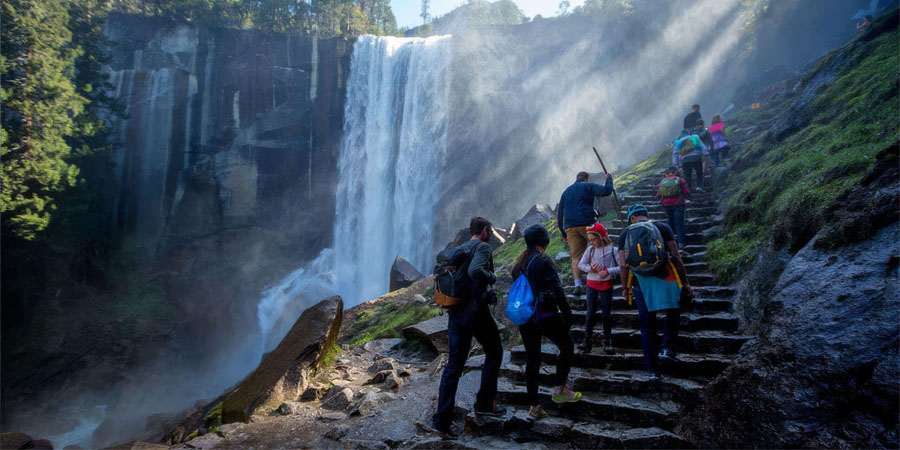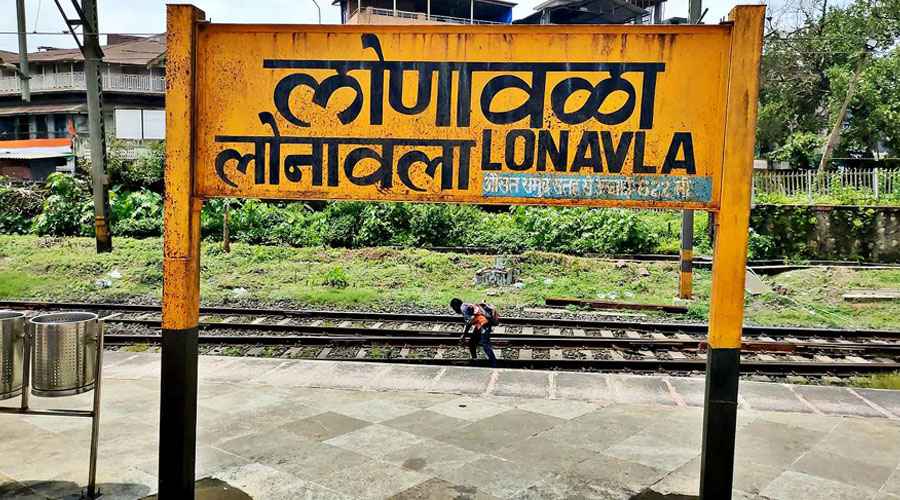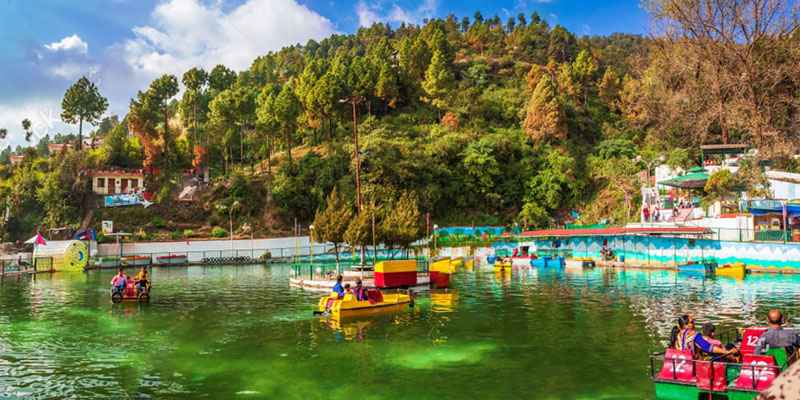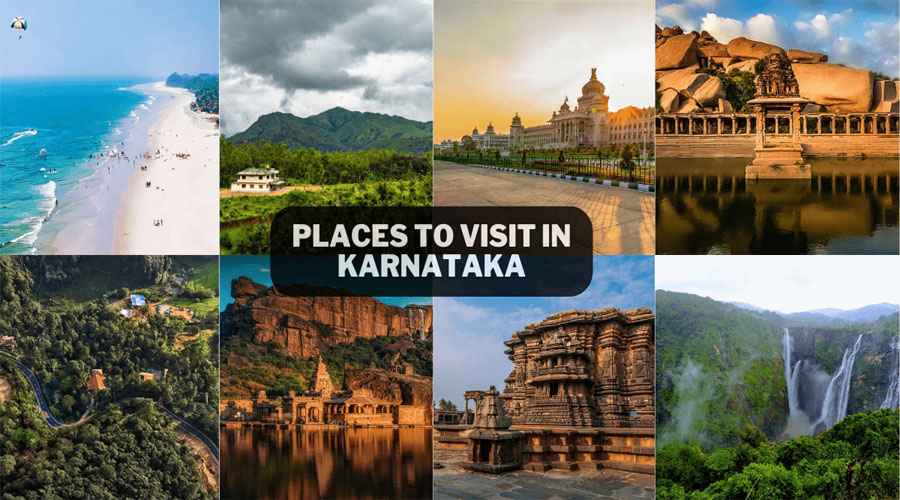Shivagange Hill, located near Dobbaspet in Bengaluru Rural district, Karnataka, is a revered Hindu pilgrimage center known for its unique hill shaped like a Shivalinga and a perennial spring called “Ganga.” Beyond its spiritual symbolism and trekking allure, the hill is dotted with several ancient temples that attract devotees, history enthusiasts, and travelers alike. This article explores the must-see temples on Shivagange Hills, each offering a distinctive religious ambiance, historical significance, and architectural charm.
Gangadhareshwara Temple
The Gangadhareshwara Temple is the most prominent and centrally located temple on Shivagange Hill. Situated near the entrance of the hillock, this cave temple is dedicated to Lord Shiva in the form of Gangadhareshwara, ‘the bearer of the Ganga.’ One of the most remarkable features of this temple is the ritual where ghee poured over the Shiva Linga during abhisheka reportedly transforms into butter, believed by devotees to have medicinal powers.
The temple architecture is a blend of rock-cut cave structure and well-crafted Vijayanagara and Hoysala styles, reflecting the rich history of the region. The temple is an active place of worship and pilgrimage, especially during Maha Shivaratri and Sankranti, when thousands gather to witness rituals and celebrate spiritual festivities. The presence of a monolithic Nandi statue, carved out of a single rock and placed on the hill’s summit, enhances its sacred atmosphere.
Sri Honnammadevi Temple
Situated within a cave on the hill, the Sri Honnammadevi Temple is dedicated to the goddess Honnamma, considered a local deity and an incarnation of Parvati, Shiva’s consort. This temple is quieter and more intimate compared to the Gangadhareshwara Temple, offering devotees a serene spiritual experience amidst the rocky landscape.
The temple is an important site during the annual Sankranti festival when the symbolic marriage of Sri Gangadhareshwara and Sri Honnammadevi is celebrated. The tradition involves ritualistic use of the sacred water that flows naturally from the hilltop, reinforcing the hill’s divine connection. The temple’s cave setting and mythology create a mystical ambiance favored by pilgrims seeking blessings and solace.
Olakal Theertha
Though not a traditional temple, Olakal Theertha, a natural spring and water body on Shivagange Hill, holds religious significance akin to a deity worship site. The name “Olakal” means a stone or rock covering over the spring, which is accessible only through a narrow opening. Devotees believe that only those with a pure and pious heart can reach the water through this small passage, symbolizing a spiritual purification ritual. It is said that touching the water frees an individual from sins.
The spring and the surrounding natural formation are considered sacred, contributing to the hill’s sanctity. Pilgrims often visit the Olakal Theertha en route to the temples, adding a unique blend of natural spirituality to their pilgrimage.
Patalaganga Sharadambe Temple
Near the base of the hill lies the Patalaganga Sharadambe Temple, dedicated to Goddess Sharadamba, a form of Saraswati, the goddess of learning and wisdom. Patalaganga is also known for the holy water spring emerging from the rocks, symbolizing the subterranean or ‘patal’ origin of the river Ganga from Shiva’s matted hair.
This temple and its surrounding theertha are important devotional stops for pilgrims. The sacred water here is used in various rituals and is believed to possess healing properties. The temple’s cultural and spiritual significance complements the Shiva-centric focus of the hill, adding dimension to the site’s devotional landscape.
Basavanna Statue and Related Spots
While not a temple per se, the massive Basavanna (Nandi) statue carved from a single stone near the peak is a significant religious and cultural icon on Shivagange Hill. This monolithic bull is regarded as the mount of Lord Shiva and symbolizes devotion, strength, and spiritual protection.
The Basavanna is accompanied by smaller shrines and spots dedicated to Veerabhadra Swamy, a fierce form of Shiva, and other deities. These locations provide spiritual resting points for visitors and are emblematic of the hill’s rich Lingayat and Shaivite heritage. The presence of these sculptures, some dating back to the Hoysala and Vijayanagara periods, accentuate the historical depth and shared devotion found at Shivagange.
Dwaadasha Jyotirlinga Temple
Another notable temple is the Dwaadasha Jyotirlinga Temple, which honors the twelve Jyotirlingas — sacred shrines of Lord Shiva spread across India. This temple serves as a miniature representation of those significant pilgrimage spots, allowing devotees to worship all twelve forms of Shiva’s divine manifestations in one place.
Located on the hill or along the trekking path, this temple holds immense religious value for devotees who consider visiting all Jyotirlingas in India as a life holy pilgrimage. The Dwaadasha Jyotirlinga Temple on Shivagange brings this important aspect closer to pilgrims who may not have the opportunity for extensive travel.
Other Important Theerthas and Shrines
Besides these main temples and shrines, Shivagange Hill hosts several smaller sacred water sources (theerthas) named after sages and mythological figures: Agasthya Theertha, Kanva Theertha, Kapila Theertha, Kumbhaavati Theertha, and Pathala Gange are among the notable ones. Each theertha has mythic importance, often linked to spiritual cleansing and divine miracles.
These spots, while modest in construction, form integral parts of the pilgrimage circuit and contribute to the holistic spiritual experience on the hill. They enrich Shivagange’s reputation not just as a mountain for physical ascent but as a journey of inner purification and religious devotion.
Visiting Tips for Temple Enthusiasts
Pilgrims and tourists visiting Shivagange Hill are advised to start early to avoid crowds and the midday heat. The hill’s ascent involves some moderate trekking, so comfortable footwear is recommended. The temples remain open throughout the day, but peak visiting times align with religious festivals and mornings.
Photography can capture the beauty and sanctity of the temples, but visitors should observe local customs and respect the sanctity of the worship spaces. During Sankranti and Maha Shivaratri, expect large crowds and lively celebrations that offer a glimpse into Karnataka’s vibrant culture and devotional enthusiasm.
Conclusion
Shivagange Hill is a treasure trove of spiritual, cultural, and historical wonders, primarily expressed through its diverse temples and sacred sites. From the awe-inspiring Gangadhareshwara Temple with its miraculous rituals to the tranquil environs of Sri Honnammadevi Temple and the sacred springs like Olakal Theertha and Patalaganga, each site offers a unique facet of devotion and architectural heritage.
Whether one is a devout pilgrim, a history buff, or a nature lover seeking serenity amidst spiritual ruins, Shivagange’s temples provide an enriching journey into Karnataka’s religious heartland. The hill not only exemplifies dedication to Lord Shiva but also stands as a living monument to centuries of cultural synthesis and faith.



